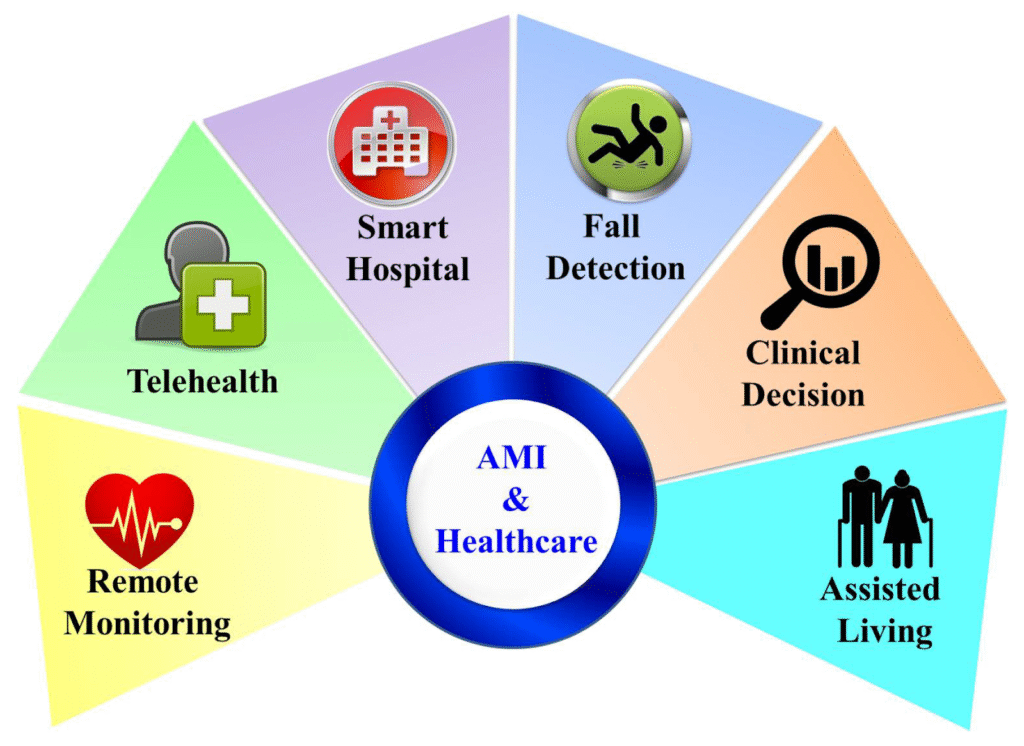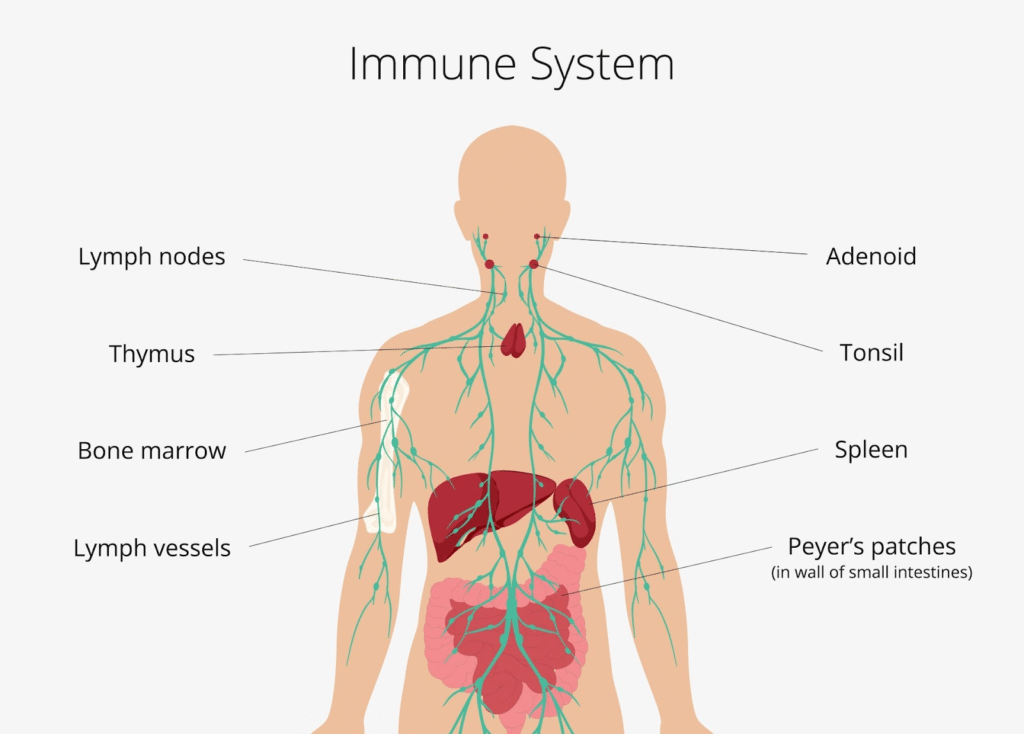Restorative yoga is a fashion of yoga that encourages physical, mental, and emotional peace. Appropriate for all stages, restorative yoga is practiced at a slow pace, concentrating on very long holds, stillness, and deep respiratory.
Not like more lively yoga styles such as vinyasa or Bikram, you can expect to keep a pose for 5 minutes or more, only executing a handful of poses in a person restorative yoga session.
Read on to study far more about restorative yoga, poses to try, and the benefits of this light fashion of yoga.
Gentle, supportive, and therapeutic are just a number of phrases that explain restorative yoga. At its main, restorative yoga is a observe of passive therapeutic.
This yoga model is recognised for its potential to activate the parasympathetic anxious technique. This is the “rest and digest” portion of your anxious process that helps keep basic features doing work as they must.
As the title suggests, this model of yoga “restores” the physique to its parasympathetic anxious method function, which, in convert, aids the entire body rest, heal, and restore stability.
By enabling time for more time asanas (postures or poses) and further respiratory, restorative yoga aids elicit the leisure reaction. This response can enable slow respiration, minimize blood stress, and deliver a feeling of tranquil and amplified nicely-becoming.
A important feature in restorative yoga is the use of props these types of as blocks, bolsters, or blankets. The props aid you keep passive poses for for a longer period with out exerting or tiring out your muscle tissue. It also makes it possible for you to come to feel comfy and supported, no matter of your experience with yoga.
And, because you’re inspired to loosen up thoroughly in the pose while focusing on your breath, restorative yoga will allow you to launch rigidity in your muscles for more time durations devoid of pain.
The positive aspects of restorative yoga are very similar to several of the positive aspects you may well encounter with other types of yoga. Critical advantages, supported by science, include things like the adhering to:
- Relaxes your brain and entire body. Yoga is connected to
minimized tension and panic, and reduced stages ofcortisol , the stress hormone. - Soothes the nervous procedure. Restorative yoga can help shift the harmony from your combat-or-flight response (sympathetic nervous technique) to your relaxation response, or the parasympathetic nervous procedure.
- Boosts your temper. Yoga encourages relaxation and deep respiratory, which, in accordance to
investigate , may perhaps lessen depressive signs and symptoms. - Minimizes serious ache.
Exploration has demonstrated that yoga may well help cut down suffering related with headache or back again soreness, as well asosteoarthritis . - Increases sleep.
Experiments have demonstrated that incorporating yoga to your everyday plan may perhaps enable increase the quality of your sleep. - Increases perfectly-getting. In addition to reduce degrees of tension,
scientists have also discovered that performing yoga routinely might consequence in fewer exhaustion, far more vigor, and improved well-becoming. - Light on your human body. Restorative yoga is usually harmless and typically proposed for folks with acute or chronic injuries.
- Is effective as part of an total treatment strategy for long-term wellbeing disorders. Persons with a long-term sickness may possibly reward from a standard exercise of yoga. A
2018 review of research observed that people with most cancers who practiced yoga described an advancement in their psychological and actual physical indicators, as very well as enhanced good quality of daily life. - Safe to conduct throughout being pregnant. Restorative yoga is uncomplicated to modify and risk-free to follow all through pregnancy. The American Higher education of Obstetricians and Gynecologists ranks prenatal yoga as a person of the most secure ways to work out through being pregnant.

Restorative yoga is known for its reliance on props such as bolsters, blocks, or folded blankets to make poses gentler and extra supportive. That mentioned, you can also exercise any restorative yoga poses without the need of the use of props.
In typical, you can be expecting to maintain poses in restorative yoga for a minimal of 5 minutes. If you want to hold a pose for longer, you can do so, as lengthy as it feels relaxed. Some individuals hold restorative poses for 20 minutes or more.
This restorative pose is an outstanding selection if you commit a whole lot of time sitting during the working day.
The Fish Pose can assist elongate your spine, release rigidity in your neck and shoulders, and open up your upper body.
To make this pose more at ease, you can use a bolster or two folded blankets or towels below your shoulders and head.
To do this pose:
- Spot a bolster or two folded blankets on the center of your mat, parallel to each and every other with a compact hole involving them.
- Start off in a seated posture with the blankets at your back again.
- Lie again and rest your shoulder blades on the blanket closest to you. Relaxation your head on the 2nd blanket. You can retain your legs folded, or lengthen them in front of you.
- Relaxation your arms at your sides, or prolong them higher than your head, palms going through upward.
- Shut your eyes and get deep breaths while releasing pressure in your system. You will feel your overall body sink into the blankets and floor.
- Keep in this pose for 10 minutes or a lot more. Focus on deep breathing and releasing the rigidity in your muscle tissues.
This pose helps alleviate strain and fatigue, and carefully stretches your spine, hips, glutes, hamstrings, and shoulder muscle mass. It has the capacity to aid ease back again and neck suffering if your head and torso are supported.
To do this pose:
- Kneel on the floor with your knees hip-width apart, large toes touching, buttocks on your heels.
- You can put a cushion or folded blanket between your thighs and calves for guidance.
- Exhale and lean ahead with your torso in between your thighs. bringing your head down towards the floor.
- Lengthen your arms out in entrance of you, over your head, with your palms on the flooring. If this is way too difficult, you can let your arms to rest along with your physique with your palms going through up.
- For additional help, you can include a cushion or folded blankets below your head and arms.
- Remain in this pose for up to 5 minutes, inhaling and exhaling deeply.
- Release by lifting your torso up into a seated situation.
For deep peace and worry relief, consider trying the corpse pose, also regarded as savasana.
To do this pose:
- Area a folded blanket at the top of your mat, and a bolster or two folded blankets stacked on prime of each and every other in the direction of the close of your mat.
- Sit involving the folded blankets with your knees bent and back again straight.
- Increase your legs so the back of your knees are resting on the bolster or folded blanket.
- Slowly lie again until finally the back again of your head is resting on the blanket.
- Spot your arms in a purely natural placement at your sides with palms experiencing up. You will have a hole among your arms and human body.
- Stay in this pose for 10 minutes or far more. Target on deep breathing and releasing the rigidity in your muscle tissue.
The legs-up-the-wall pose will help relieve worn out legs and toes, carefully stretches your hamstrings and back again of the neck, and may well support simplicity gentle backache.
To do this pose:
- Put the slender conclude of your yoga mat from the wall. Put a folded blanket in the middle of the mat. Your head will rest on the blanket. You can also use a folded blanket or cushion to assist your neck if you like.
- Sit with your ideal side versus the wall, then lie back as you swing your legs up from the wall.
- Verify the distance involving your buttocks and the wall. Try out to get your buttocks as close to the wall as is cozy for you. For additional aid, you can location 1 to two folded blankets on the mat about 5 to 6 inches from the wall, so your lessen back rests on prime of it.
- Carry your arms out to the sides, or allow them relaxation on your torso.
- Breathe in, and as you exhale, let your physique loosen up, releasing your hips, back again, and neck into the floor. Relaxation in this position for 10 minutes. Focus on deep breathing and releasing the pressure in your muscle tissue.
Restorative yoga is a passive, meditative type of yoga that allows you to focus on your breath although releasing tension in your overall body. As opposed to other forms of yoga, restorative yoga demands you to keep asanas or poses for an extended duration of time, normally 5 minutes or extra.
Restorative yoga generally utilizes props like folded blankets, blocks, or bolsters. These props assistance assistance your human body and let you to deepen the pose and much more completely take it easy your physique.
Restorative yoga is light and frequently regarded as harmless for most folks. If you have problems about the security of restorative yoga, chat to your medical doctor or actual physical therapist in advance of training this variety of yoga.





More Stories
Simple Yoga Moves for Busy People
Find Balance and Joy Through Yoga
The Most Common Mistakes People Make When Using Products for Dark Spots